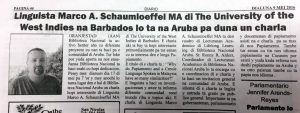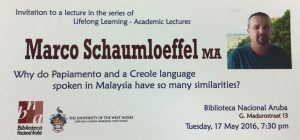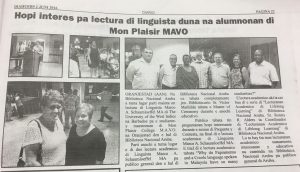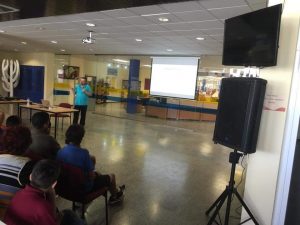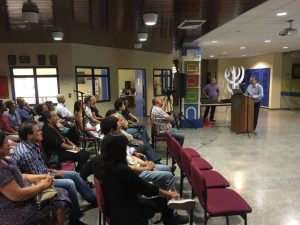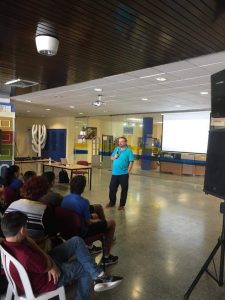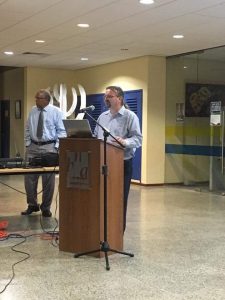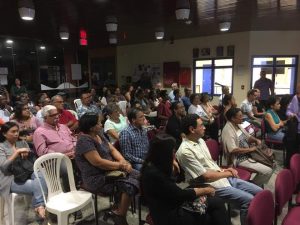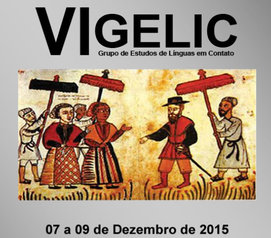Syntactic Interferences of Portuguese in Brazilian Hunsrückisch
Presentation at the 19th Annual Conference of the Association of Portuguese and Spanish-Lexified Creoles & the Summer Conference of the Society for Pidgin and Creole Linguistics


PowerPoint of presentation: request by e-mail
Abstract
Syntactic Interferences of Portuguese in Brazilian Hunsrückisch
Marco Aurelio Schaumloeffel
Brazilian Studies, The University of the West Indies, Cave Hill Campus, Barbados
Brazilian Hunsrückisch (HR) is the most widely spoken variety of German in Brazil. German immigration to Brazil started in 1824 and lasted for over a century. Today, it is estimated that there are between 1.2 million Altenhofen 2017) and 3 million (Ethnologue 2018) native speakers of the Brazilian variety of Hunsrückisch. The almost 200-year-old contact situation
with Brazilian Portuguese (PT) created a favourable environment for linguistic interferences (cf. Weinreich 1953; Juhász 1980) in both languages. As result, it is common to find grammatical, lexical and semantic interferences of PT in the varieties of HR (cf. Sambaquy-
Wallner 1998; Altenhofen 1996; Damke 1997, among others). The focus of this paper is to verify the existence of syntactic interferences of PT in HR and to do an unprecedented analysis of these interferences in the HR variety spoken in the community of Boa Vista do Herval, also known as Speckhof in HR, located in the mountainous region of the Northeast of the state of Rio Grande do Sul, Southern Brazil. Data collected from 36 speakers selected according to sociolinguistic criteria based on age, gender, level of schooling, religion and income were transcribed and analysed. The main syntactic interference found in the data examined in this paper is the calquing of the verb position from the PT syntactic structure, i.e., the change for some speakers in the position of the verb in HR from a typical HR behaviour, also in line with standard German, to a verb position typical for PT. Sentences presenting this change will be analysed, showing that there effectively are syntactic interferences of PT in the HR variety spoken in Speckhof.

 Article published in the Journal of Portuguese and Spanish Lexically-based Creoles / Revista de Crioulos de Base Lexical Portuguesa e Espanhola 7 (2017), pp. 15-33. ISSN 1646-7000. Association of Portuguese- and Spanish-Lexified Creoles/Associação de Crioulos de Base Lexical Portuguesa e Espanhola (ACBLPE). Faculdade de Letras da Universidade de Lisboa. Released in March 2018.
Article published in the Journal of Portuguese and Spanish Lexically-based Creoles / Revista de Crioulos de Base Lexical Portuguesa e Espanhola 7 (2017), pp. 15-33. ISSN 1646-7000. Association of Portuguese- and Spanish-Lexified Creoles/Associação de Crioulos de Base Lexical Portuguesa e Espanhola (ACBLPE). Faculdade de Letras da Universidade de Lisboa. Released in March 2018.
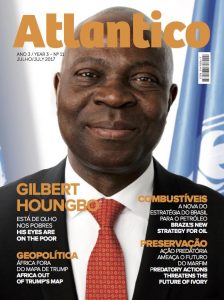 Entrevista concedida à revista Atlântico / Interview for Atlantico Magazine
Entrevista concedida à revista Atlântico / Interview for Atlantico Magazine





